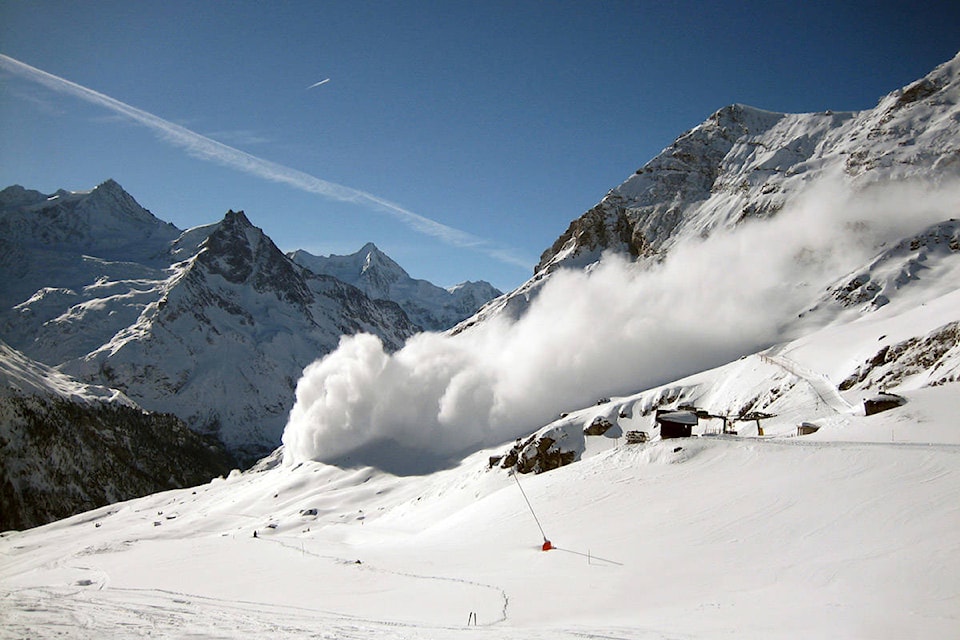As the season moves into winter, the backcountry becomes a paradise for adventure-seekers looking to enjoy all that the local mountain ranges have to offer.
However, it’s also time to get smart about the dangers of avalanches.
Avalanche Canada is set to begin daily avalanche forecasts next week, however, given the early arrival of snow, forecasters are telling the public to get the proper safety training and equipment and be aware of conditions before heading out into the backcountry.
Snowfall depth and quality is currently inconsistent in various parts of the region, depending on how high the elevations are, says Grant Helgeson, a forecaster with Avalanche Canada.
“That tells us a couple things,” he said. “One, it’s incredibly spatially variable right now. Two, it’s a lot of work on your skis, sled or snowshoes to actually get up high to the places that we want to ride.
“The other side of that, is as we chase that snow up into the higher terrain, we’re actually going right to where any early season avalanche problems exist because if there is enough snow to ride, there’s enough snow to slide.”
The beginning of winter can mean consistent freeze-thaw cycles as the season slowly shifts to colder weather.
That can help set up the mountain terrain for a nice base of snow, Helgeson said.
“You take all that loose powder show and you give it a few freeze-thaw cycles and it shrinks, it gets shorter, it gets denser, and that can really be a nice base,” he said. “But we often look at the freeze-thaw from the valley location, and that freeze-thaw might actually not be occurring in the upper elevations.
“I think in some places it can remain quite cold and windy with a decent amount of snow, say 40-70 centimetres to push around into fresh wind slabs.”
Below the treeline, the freeze-thaw cycle helps to establish the snowpack, however, up in the alpine region, all bets are off.
Getting reacquainted with proper safety procedures and training with the right equipment will help prevent any backcountry mishaps, Helgeson added.
“One thing that happens early seasons, is down low it’s easy for us to get complacent,” he said. “It’s difficult to remember to even turn your transceiver on when you’re standing on dirt at the valley bottom.
Helgeson recommends that backcountry users take the time to learn how to properly work the transceiver and put in fresh batteries and also inspect your shovel and snow probe.
“Then start to think about that, start to think about what you’d do in an avalanche rescue,” Helgeson said.
Taking an Avalanche Skills Training Level One course at the beginning of the season is a great way to get grounded in the proper procedures and safety protocols surrounding avalanche danger, Helgeson said.
Helgeson also encourages backcountry users to submit information and snow conditions to the on the Avalanche Canada website. He says users won’t be obligated to give up their secret specific recreation locations, but any information, including pictures, would be helpful to forecasters.



